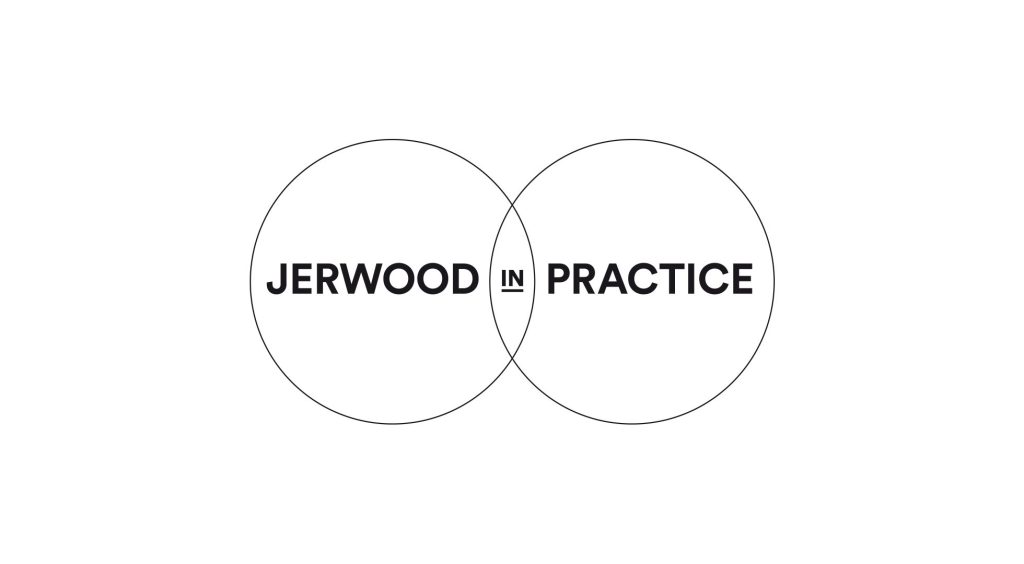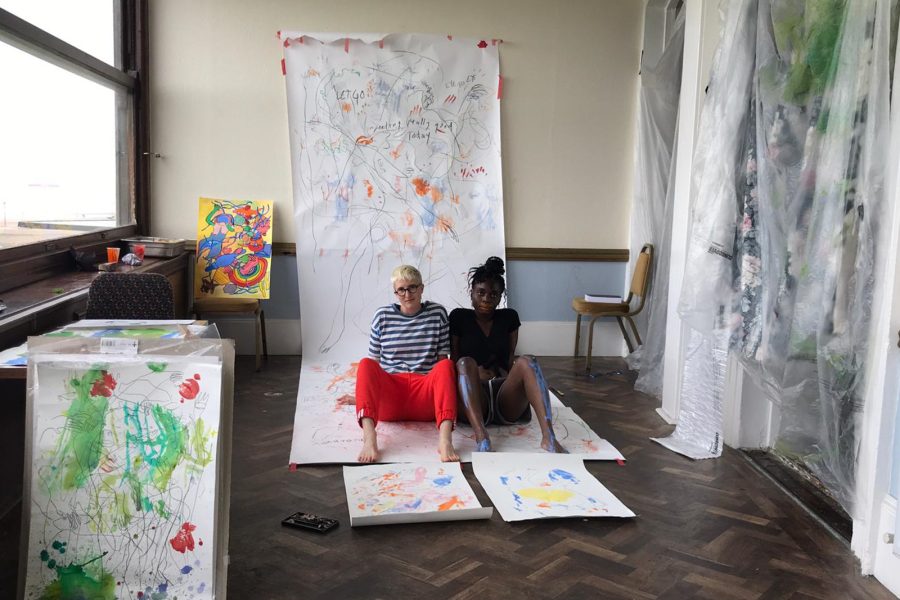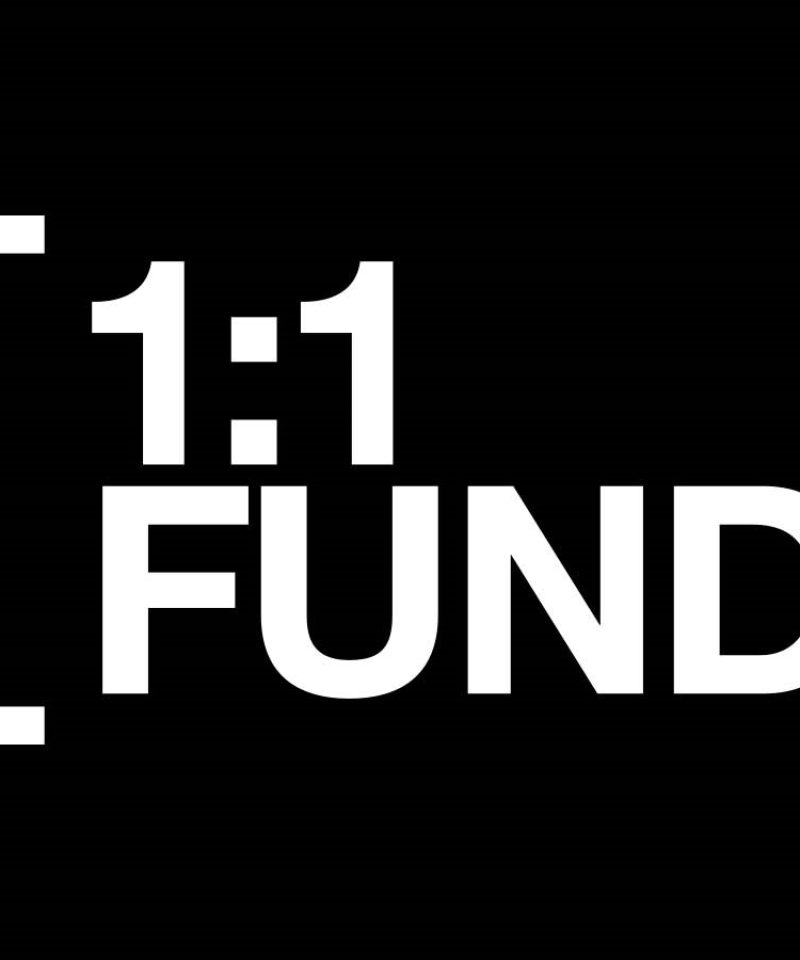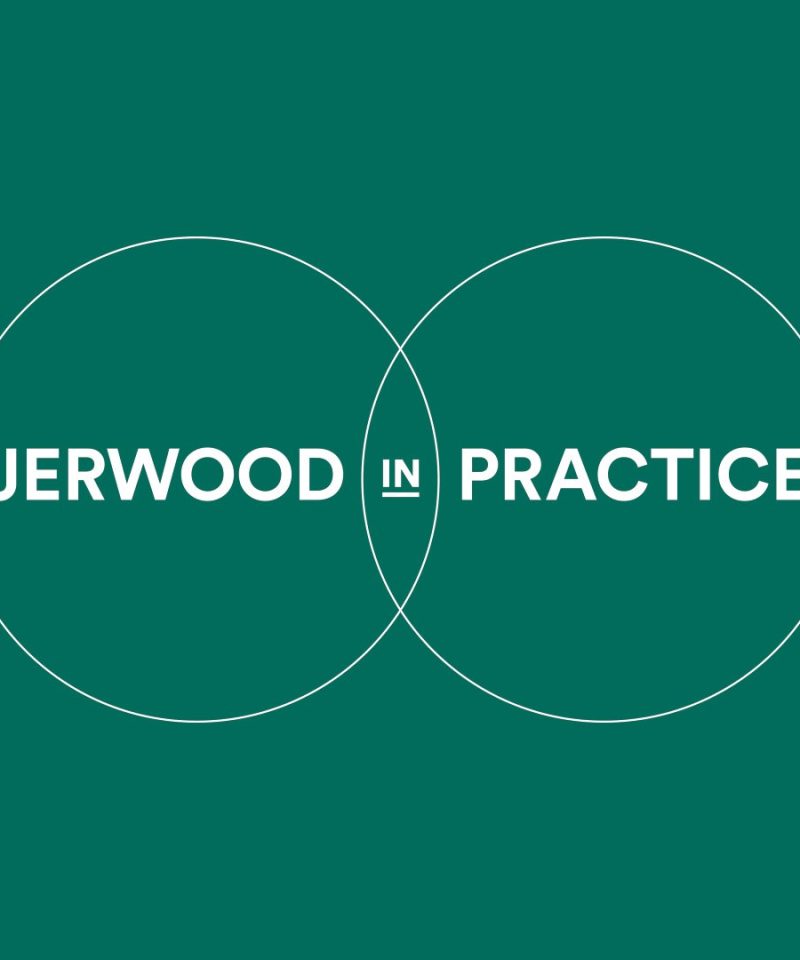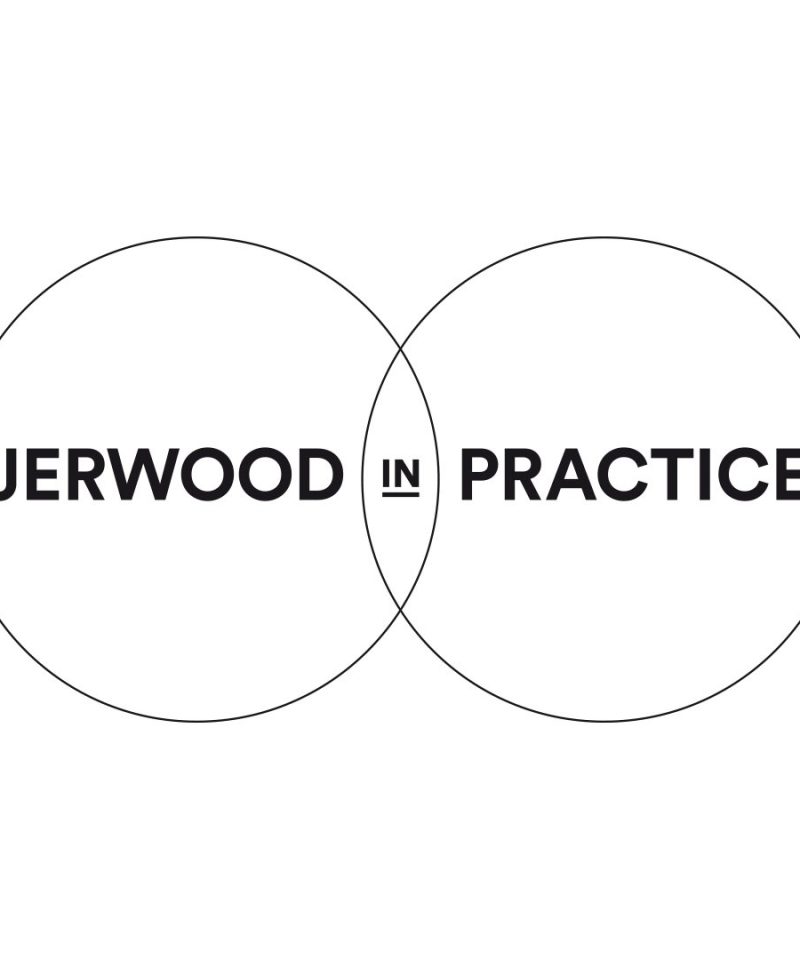In this Jerwood in Practice blog, we wanted to share a bit more about the research and thinking we have done to inform its development. As set out in our announcement, it contains two new elements for us that respond to what we have heard from artists over the past year.
Earlier this year we shared a provocation with fellow arts funders: ‘Funding for individuals in the arts is broken: what are we going to do about it?’. For Jerwood Arts, the responsibility of being an independent funder means leaning into challenges. We have therefore sought conversations that explored more imaginative ideas that respond to the pressures exacerbated by Covid-19. The 1:1FUND is part of our response to this question.
HOW WE GOT HERE
First, a brief review of what we had been doing to make our funding process more responsive, accessible and inclusive before Covid-19. Since our relaunch as Jerwood Arts in January 2019 we have developed a robust selection model, with each application reviewed and assessed according to fixed criteria by Jerwood Arts staff, a pool of Artist Advisers, and other paid external assessors and expert panellists. These criteria typically include categories such as: the quality of the applicant’s existing practice; the clarity of their plans; their commitment to their artistic community; or the potential for their future work and ideas. Our intention has been to shift the balance of power, broaden our perspectives and bring diverse expertise to the decision-making table.
In the year leading up to the pandemic in March 2020, applicant numbers were already growing. We had steadily increased the number of open call opportunities for individuals, building on this approach to selection and our support to external assessors and Artist Advisers. We have increasingly taken positive action approaches too, focusing our efforts on directing our resources towards more artists who have been historically excluded from different artforms based on their background and identity. We monitored demographic data at various stages of the process to check that certain groups had not been lost from the process, reflecting on how to rebalance the representation within the selection pool.
This has largely worked effectively as an approach. However, it has become increasingly hard to ignore that any attempt at achieving an equitable funding outcome is subject to systemic and human biases and inequalities. In November 2020, for the Live Work Fund, we received 1,283 applications for 33 grants of £20,000, a success rate of just 2.7%. The pressures the selection process put onto staff and Artist Advisers to make life-altering decisions about fellow members of their artist communities, balanced with a heavy administrative demand, were particularly acute in the context of the pandemic. It put fundamental questions about the competitiveness and equity of our approach into sharp relief.
In the spirit of being a flexible and responsive funder, we therefore decided to explore different approaches to selection processes. You can read more about the journey we are on in this blog from August.
We now want to pilot two new elements in the 1:1FUND: first, a targeted focus on a particular element of artistic practice affected by the pandemic, in this case collaborative working; and second, the use of a new system for selecting awardees using a random number generator. They represent an attempt to target our funding at specific, under-supported artists’ needs; and to combine our commitment to equity with a system where each eligible application would have an equal chance of being selected.
FOCUSING ON THE POWER OF COLLABORATION
Throughout the pandemic, in-person contact and collaboration has been extremely challenging. Feedback from our survey of Live Work Fund artists in autumn 2020 suggested however that maintaining peer networks and continuing to collaborate online were a key part of finding ways to continue an artistic practice throughout the lockdowns.
We have decided therefore to design the 1:1FUND specifically for two artists to work together. The opportunity has fair pay at its heart, and we hope will generate the energy and inspiration we know is fostered by strong creative networks, peer support and collaborative practice. Our aim is for it to fill a gap in the funding landscape and help build the confidence of early-career practitioners to collaborate again. We know that working together can accelerate new ideas and open doors for future projects.
PILOTING A NEW SYSTEM FOR SELECTING AWARDEES
We decided to develop a new fund building on the success of our Jerwood Bursaries, a professional development grant opportunity that we have been running in different forms since 2016. Jerwood Bursaries provided relatively small, time-limited grants for artists to explore new ideas or collaborations.
For the 1:1FUND, we have: increased each award to £2,000 per collaborative pairing; made it exclusive to new or existing collaborations between two early-career artists, curators and/or producers; refined our definition of ‘early-career’, which previously asked applicants to have less than 10 years of professional practice; and introduced a random number generator.
This evolution reflects our desire to continue to provide well supported opportunities, while creating a light-touch exploratory fund without any requirement of a final or fixed outcome. It feels right that it should have a light-touch application and selection process too.
The application form we have developed now contains mainly Yes/No questions, focused on the eligibility criteria for the fund. These include: a confirmation that both artists are aware they are being named in the application; a confirmation that both artists could be reasonably understood as ‘early-career’; confirmation that the funding would not be used to fund an existing project or as match funding; details of the activity applicants plan to undertake together, and the name of a professional referee for both artists. Following general checks to ensure applications are complete, all applications will be entered into a true random number generator.
What we are piloting is a more streamlined process for a small-scale fund that will enable us to provide more funding to a greater number of artists, in part by reducing overheads. This approach has been used in different ways by other organisations, but we are not aware of any pilots of this size. We feel the potential risks associated with this funding round are worth taking. We want to discover if it could be adopted and/or adapted to become part of the suite of approaches available to funders and organisations offering open call opportunities across the sector.
With this approach, equal opportunities monitoring data will not be used to inform the selection at any stage. We will collect data from all applicants only to help us continue to build our understanding of who is applying to us. It will also contribute to our evaluation and understanding of how random number generator can create a fairer outcome. We are particularly interested to see how the representation of artists from underrepresented art forms and backgrounds might increase if there is a perception of less institutional bias in the selection process. The use of the random number generator includes a risk that the selected applications are more homogenous than the overall applicant pool: it is a risk we hope to counter by focusing our marketing of the opportunity to groups and networks of artists who we hear from less often. The risk that the 1:1FUND produces an ‘extreme’ outcome that is less representative than our recent funding programmes’ awardees is a small but real one, and we feel it is worth testing the proposition of an ‘equal chance’ of being selected to reach eligible applicants who have experienced barriers in applying to us – or for any funding – in the past.
We have also had interesting conversations about the risk that this approach may fund a less talented cohort of awardees, questioning how our sectors define words like ‘talent’ and ‘excellence’ among early-career professionals in an inclusive way. We are confident that the quality of applications we have received across our funding programmes in recent years has been very high, and believe the 1:1FUND will no doubt support some outstanding artists, generate new ideas and lead to new works that might otherwise never have seen the light of day. Artistic and creative practices are by definition full of ‘risks’, and Jerwood Arts has long specialised in focusing our support on areas where that risk is perceived to be at its highest: on early-career artists still discovering their unique voice and perspective, on awards for self-directed artistic development, and funds explicitly for research, development and experimenting with new ideas that may or may not be taken forward to full production further down the line. Using this extensive experience, we have focused on designing the 1:1FUND with clear guidance and application questions that ask potential applicants to carefully consider whether they are at the right moment to make the most of the opportunity. While no process design can eliminate all risks, we’re excited by the potential for this one to introduce us to new artists, curators and producers we might not have met otherwise.
HOW? EXTERNAL SYSTEMS AND CONVERSATIONS
Trialling this approach will mark a departure from previous ways of working, and we have been thinking carefully about how to make this as useful and impactful as possible. Our commitment as a learning organisation is to take risks, innovate, and share our experiences for the benefit of our wider communities, and we will document the process over the coming months.
One way we will maintain the integrity of the pilot is to use an external true random number generator. The functions available through Random.org were designed by Dr Mads Haahr, Associate Professor of Computer Science at Trinity College, Dublin and is operated by Randomness and Integrity Services Ltd. We will make a recording of the moment of selection to be made publicly available to build in transparency.
The development of the fund has also been richly informed by feedback and conversations with academics including Dr Dave O’Brien, Chancellor’s Fellow, University of Edinburgh and AHRC Creative Industries Policy and Evidence Centre co-investigator, Professor Eleonora Belfiore, Co-Director of the Centre for Research in Communication and Culture, Loughborough University, Professor Michael Rushton, Indiana University (USA), Professor Lee Elliot Major, Professor of Social Mobility, University of Exeter, and artists including Kelly Best and Georgie Grace, Laura Sweeney and Ashleigh Bowmott (The Uncultured) and many others. We would like to take a moment to thank them all for the generous time they gave us, their wisdom and enthusiasm.
We will continue to document this pilot on the Jerwood in Practice blog as part of our commitment to being an open and learning organisation. We want to share our learning with the applicants at the sharp end of the current funding challenges, and other organisations facing similar challenges. We particularly hope that trialling the use of a random number generator may open up a toolbox of alternative options for funders and arts organisations offering opportunities for individual practitioners in the future.
Lilli Geissendorfer, Jon Opie and Sarah Gibbon
Jerwood Arts is the leading independent funder dedicated to supporting early-career UK artists, curators and producers to develop and thrive. We enable transformative opportunities for individuals across art forms, supporting imaginative awards, bursaries, fellowships, projects, programmes and commissions. We are committed to supporting artistic freedom of expression and being as inclusive as possible across all our work. We present new work and bring people from across the arts together through our exhibitions and events at Jerwood Space, London, as well as across the UK and online. jerwoodarts.org
